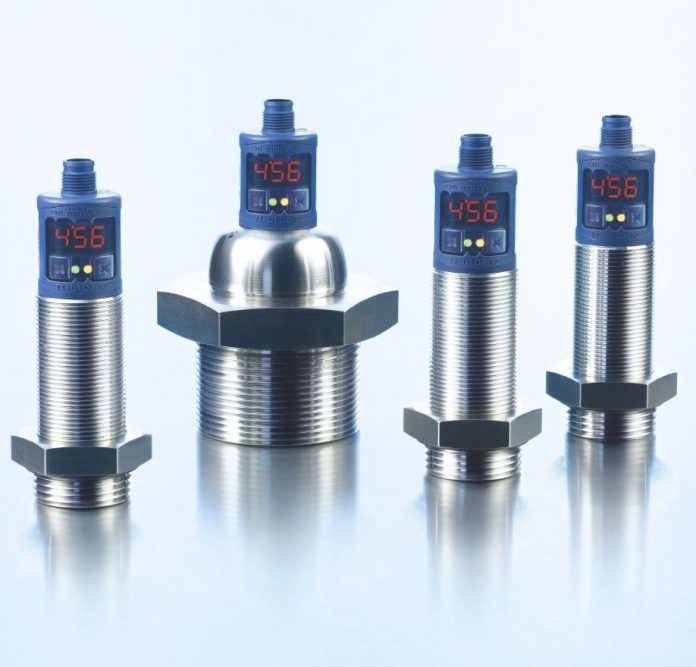Thanks to the rise of modern technology, it has become easier than ever to correctly measure material items. By being able to monitor these materials accurately, it can help to prevent accidents that would normally cost a business significant time, effort, and money.
One of the best ways to measure is with an ultrasonic liquid level sensor. Many different industries make use of this liquid level sensor, including agriculture, manufacturing, food and beverage, printing, and automotive. The sensor can be utilized in many different ways, but the most common is by supplying accurate fluid level readings.
What is an ultrasonic liquid level sensor?
As the name suggests, an ultrasonic liquid level sensor is one which can provide liquid level calculations without coming into contact with the measured item. The sensor can deliver accurate readings, which makes it easy to watch and control liquids.
The most common application of an ultrasonic liquid level sensor is within an open or closed tank. If these tanks deal with a varying amount of liquid, the sensor – which is mounted above the measured fluid – gauges the quantity by measuring the distance between the liquid and sensor. When the liquid level lowers, that distance will grow – and vice versa.
The measurement, which is done on a continuous basis via high-frequency acoustic waves, is converted into an electrical signal. This signal is then directed to the monitoring system, where users can track and report on the liquid. If the liquid reaches a dangerous level, an alarm system can also be implemented to automatically prevent any serious issues.
A liquid level sensor manufacturer will recommend an ultrasonic option when dealing with corrosive or difficult liquids. This is because they don’t need to touch the likes of acids or wastewater, and the sensor won’t be damaged due to direct contact. This is only the beginning of the advantages, as the following points will demonstrate.
Ideal for continuous level measurement
If your business requires continuous level measurement for a particular material, an ultrasonic liquid level sensor is an excellent choice.
As a comparison, a float switch is adept for measuring the levels of a liquid once they are below or above a certain point. Yet they’re not up to the task of delivering accurate measurements at all times, with high levels of accuracy, and displaying the results in real-time.
While a float switch cannot do those things, this is the forte of an ultrasonic liquid level sensor.
Able to handle varying challenges
The tough, reliable nature of ultrasonic liquid level sensors is one of its biggest benefits. It can handle a range of challenging situations thrown in its direction, ensuring it can offer precise readings in a wide variety of temperatures, as well as high humidity levels. Even if they become submerged under the liquid it’s measuring, the sensor will not become impaired.
In certain cases, a splash guard will also be used to supply the sensor with an added layer of protection. You can also purchase ultrasonic liquid level sensors in different materials. As an example, plastic sensors are available for a dependable and cost-effective choice. Yet to help further withstand against corrosion, stainless steel sensors can also be purchased.
Easy to assemble and apply
Using an ultrasonic liquid level sensor may seem like it would be complicated, but this isn’t the case. In fact, it is close to effortless to actually assemble and apply this sensor within a tank or other applicable receptacle.
In addition to this, the software that is used alongside the sensor is generally straightforward to use. It is made so that the data is easy to view, simple to evaluate, and that any confusion is ultimately eliminated.
An affordable choice
Even though it is among the more pricey options in the liquid level sensor category, an ultrasonic variant is still affordable. This is likely surprising to outsiders, especially when you consider the technology and amount of benefits it features.
In summary
Admittedly, an ultrasonic liquid level sensor cannot do everything. For instance, aspects like splashing, humidity, vapor, and foaming can negatively impact measurement performance. It also features a shorter range when compared to radar, and the sensor can only be mounted to the top of a tank.
Yet despite these setbacks, an ultrasonic liquid level sensor is an ideal option for many different applications and businesses. It supplies high levels of accuracy, keeps everything in order, and is ideal for ensuring liquid measurements are always at the right level.

